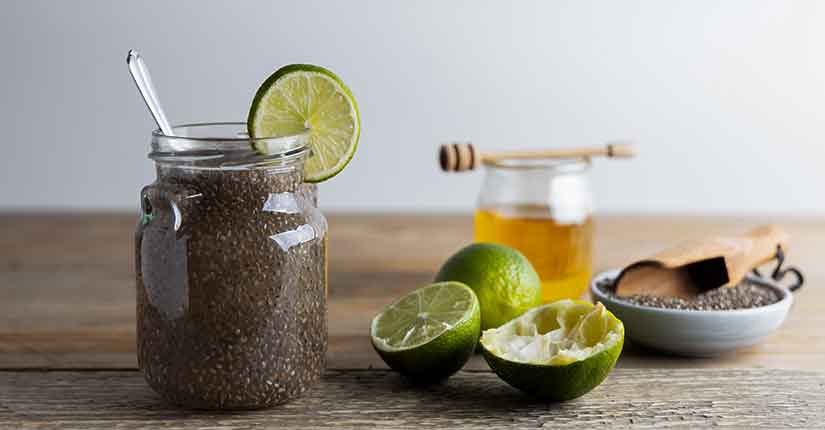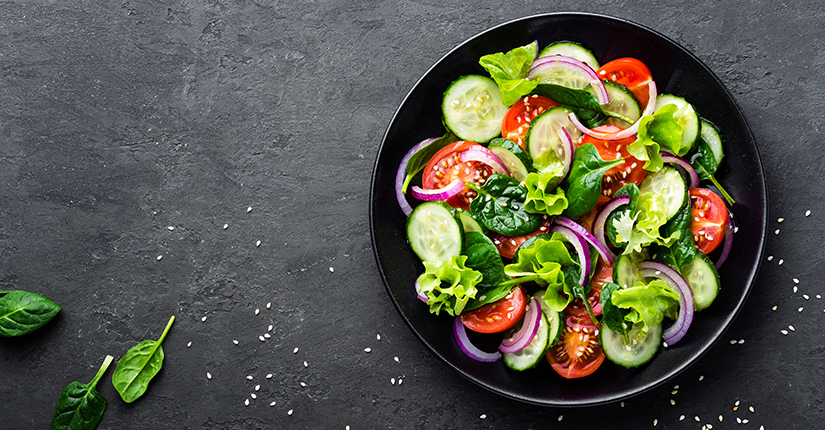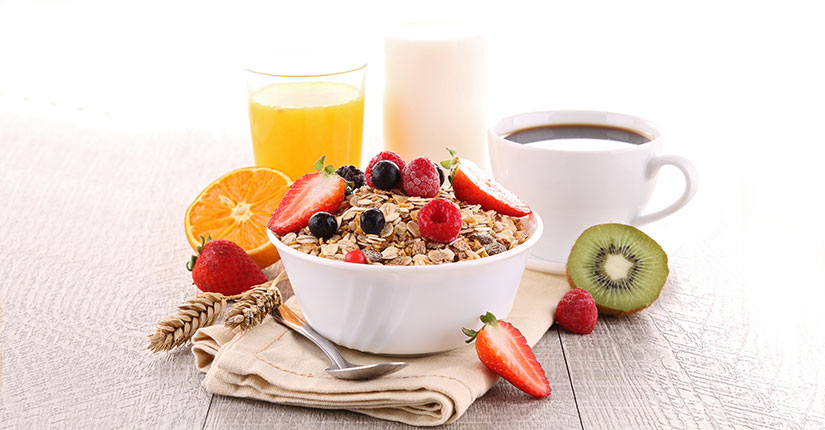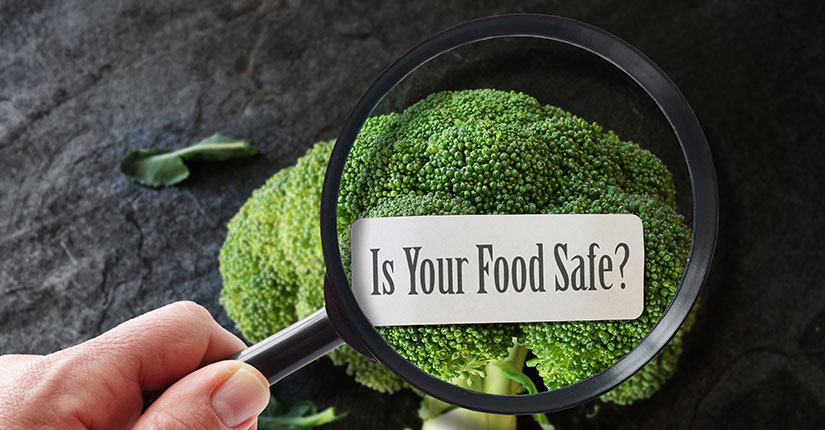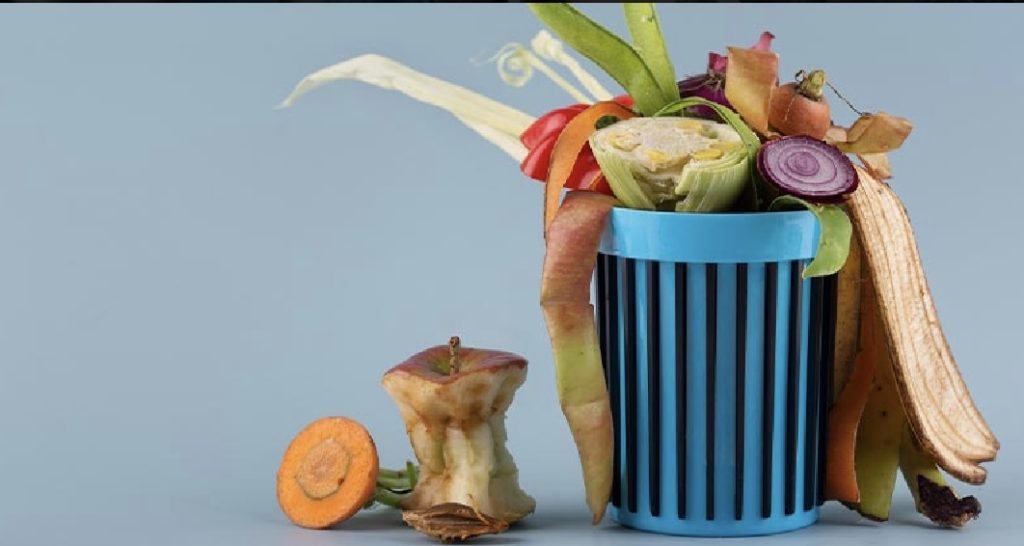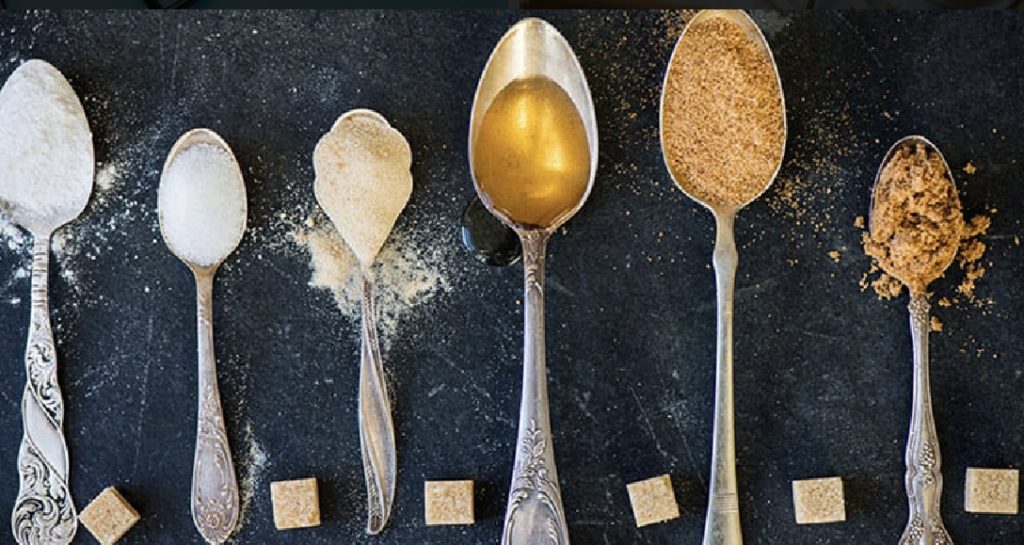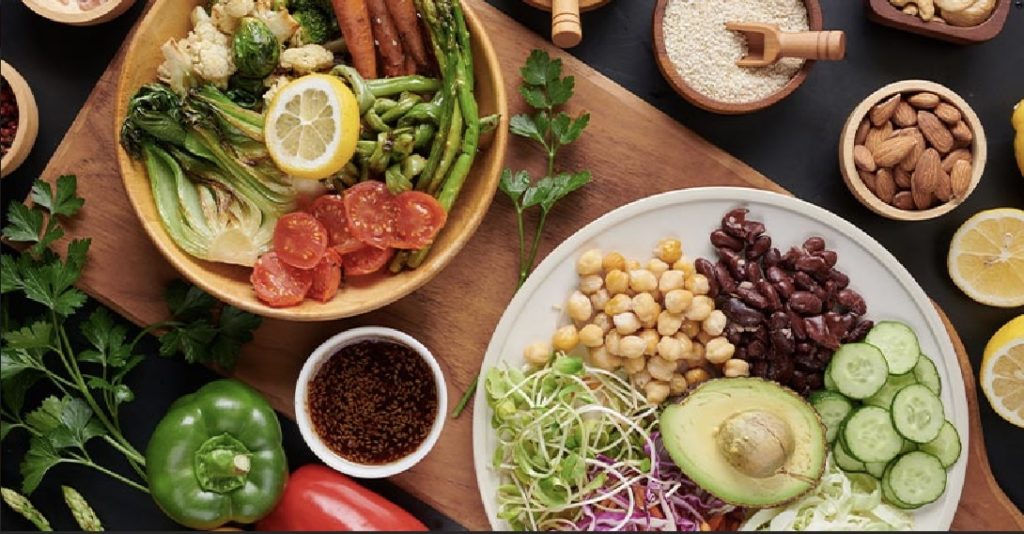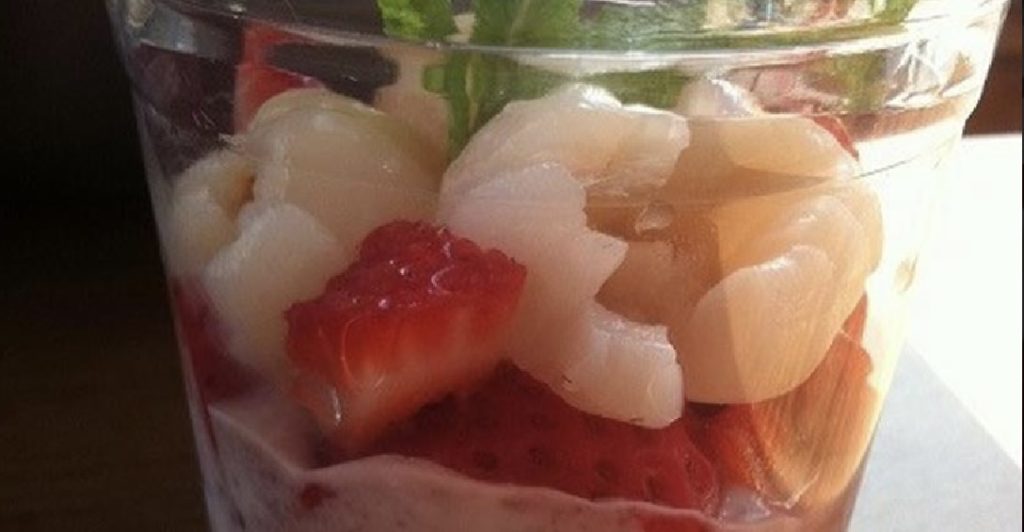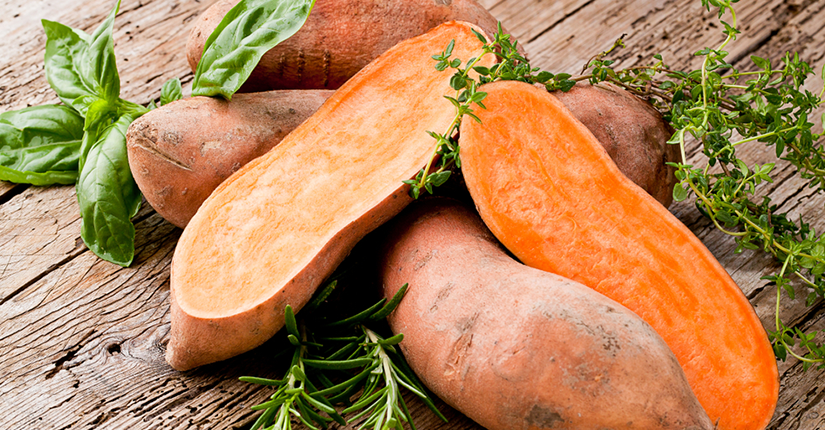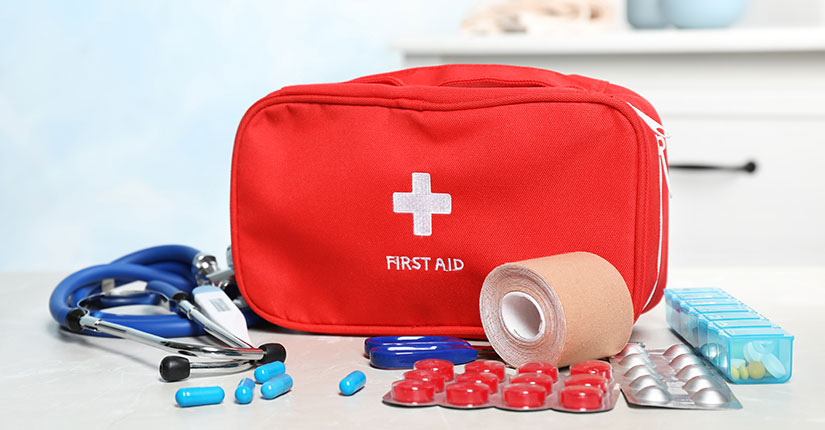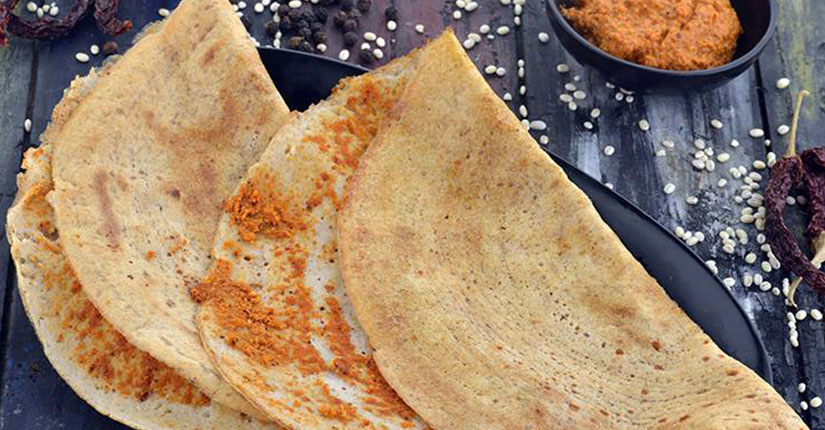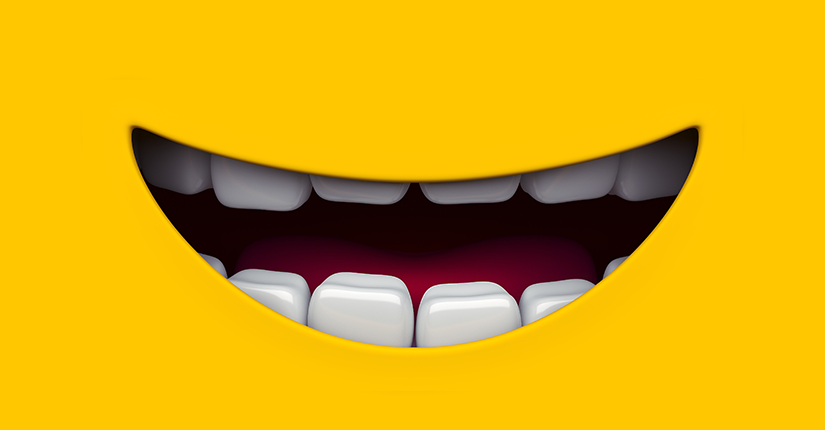Understanding the difference between Low Sodium salt, rock salt and iodine salt and their importance.
By Nmami Agarwal 11-Mar 2023 Reading Time: 6 Mins
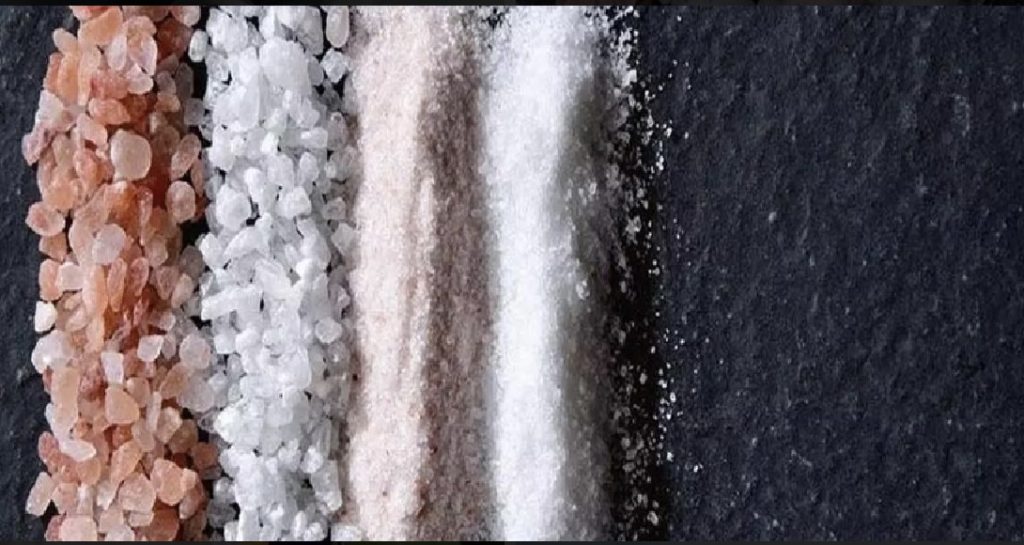
With people becoming more health conscious and researching different ways to manage their diseases or to be in good health, various diet trends have crawled their way into our lives. Right from slimming diets to detox diets to fasting and so on.
One such trend seen among people of late is changing or substituting the table salt with either rock salt/pink salt.
Is that a good substitution? What are these different salts? What are their health benefits?
This article explores the sea of salt prevalent in the market and researches to find out what is the right salt for you.
Low sodium salt
Various brands of low sodium salt are available in the market. Many people with high blood pressure and who have been told to limit their sodium intake end up opting for low sodium salt instead.
The presence of low sodium and high potassium is indeed helpful for hypertensive patients but it is also required to remember that our body maintains electrolyte balance by balancing the levels of minerals like sodium, potassium, chlorine and fluid in our body. There is a possibility of electrolyte imbalance leading to hyperkalemia or high potassium levels which can affect the heart. This is especially true for people with renal issues.
Hence low sodium salt should be avoided by patients with diabetes, cardiac, and renal diseases who are on medicines like ACE inhibitor or ARB.
Rock salt/Sendha namak
Ayurveda and modern texts promote the use of Sendha Namak for its various health promoting properties. According to Ayurveda, Sendha Namak helps to dissolve Kapha. It boosts skin health and is helpful to treat colds and coughs.
Nutritionally, it has a good amount of trace minerals as compared to our normal table salt. However some rock salt has a high amount of heavy metals like Nickel and cadmium and even arsenic, which on taking for a long duration of time can cause toxicity.
Moreover, they do not have much iodine as compared to normal table salt.The body needs iodine to make thyroid hormones. These hormones control the body’s metabolism and many other important functions. The body also needs thyroid hormones for proper bone and brain development during pregnancy and infancy.
A good way to include sendha namak is to have it in combination with normal table salt to get the benefits of both the types of salt.
Pink Himalayan Salt
The most popular salt in the market is Himalayan Pink salt. Pink salt contained substantially higher levels of calcium, iron, magnesium, manganese, potassium, aluminum, barium, silicon, and sulfur, but lower levels of sodium compared to the white table salt.
Despite the many nutrients found in pink salt that are essential for health, (e.g Calcium, iron, magnesium, and potassium), an exceedingly high intake of pink salt (>30 g per day) would be required before this made any clinically significant contribution to nutrient intake.
Any potential health benefits provided by the higher nutrient content in pink salt would be counteracted by the large amount of sodium that would also be consumed. Also iodine mineral is at a low level to give any health benefit
Table salt
Table salt is the normal salt that we all use for cooking. Its main nutrients are sodium and chloride with some trace minerals. Government has fortified table salt with iodine to combat iodine deficiency and to protect the health of pregnant women and infants where iodine plays a major role in the neurological development of fetus and infants.
Bottom line: Table salt is the best salt to use for cooking. If required, rock salt or pink salt can be used as a complimentary salt. They can be used to season the salads or any snack items or added to buttermilk or in lime juice. But it is not advisable to completely replace table salt with rock or pink salt.
Also as per WHO, it is recommended to consume less than a tsp of salt for the whole day. It is better to regulate the salt intake rather than completely change the type of salt that we use daily.

